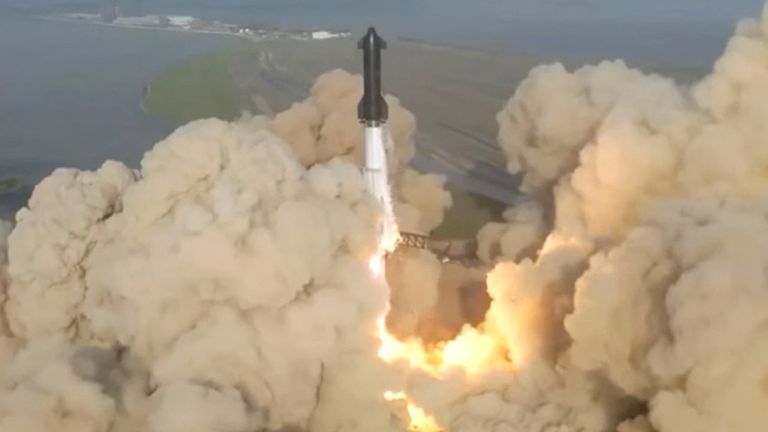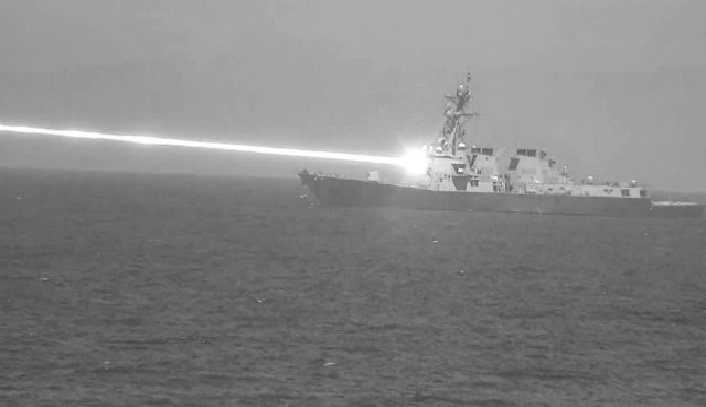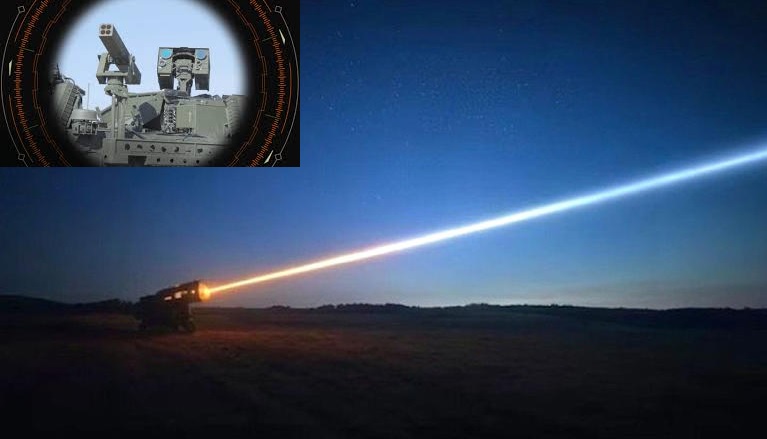SpaceX Starship Rocket Lost in Second Test Flight

On Saturday, SpaceX achieved significant milestones in the development of its Starship rocket during its second test flight, marking a momentous step forward for Elon Musk space exploration company.
Taking off from SpaceX Texas facility at around 8 a.m. ET, the Starship rocket soared for over seven minutes, successfully detaching from its booster before a deliberate mid-flight destruction initiated by the onboard system. Notably, no individuals were on board for this test flight.
John Insprucker, SpaceX principal integration engineer, noted that the Automated Flight Termination System on the second stage appeared to trigger late in the burn, leading to the loss of data from the second stage. The intentional destruction, a safety measure in rockets, occurred at an altitude of approximately 148 kilometers, nearly half the orbit of the International Space Station.
The planned trajectory involved flying Starship most of the way around Earth, with a re-entry into the atmosphere and a splashdown off the coast of Kauai, Hawaii. Despite the premature end to the flight, SpaceX deemed it an "incredibly successful day."
Following the incident, the Federal Aviation Administration (FAA) announced its standard mishap investigation into the flight. This regulatory procedure is customary after rocket launch failures, and corrective actions may be required before SpaceX can proceed with another Starship launch. The FAA confirmed no injuries or property damage during the incident.
NASA Administrator Bill Nelson acknowledged SpaceX progress, stating, "Spaceflight is a bold adventure demanding a can-do spirit and daring innovation. Today test is an opportunity to learn—then fly again."
Starship, standing as the tallest and most powerful rocket ever launched, consists of the 397-foot-tall fully stacked Starship atop the 232-foot-tall Super Heavy booster. The system, designed for reusability, utilizes liquid oxygen and liquid methane, requiring over 10 million pounds of propellant for launch.
The Starship system holds strategic importance for NASA lunar exploration plans, with SpaceX securing a multibillion-dollar contract to deploy Starship as a crewed lunar lander as part of the Artemis moon program. The company envisions spending approximately $2 billion on Starship development this year.
During this second flight attempt, SpaceX aimed to exceed the nearly four-minute flight of the initial launch, reach space, and showcase improvements to ground infrastructure and rocket design. Upgrades were implemented to address engine issues and communication delays experienced in the debut attempt back in April.



